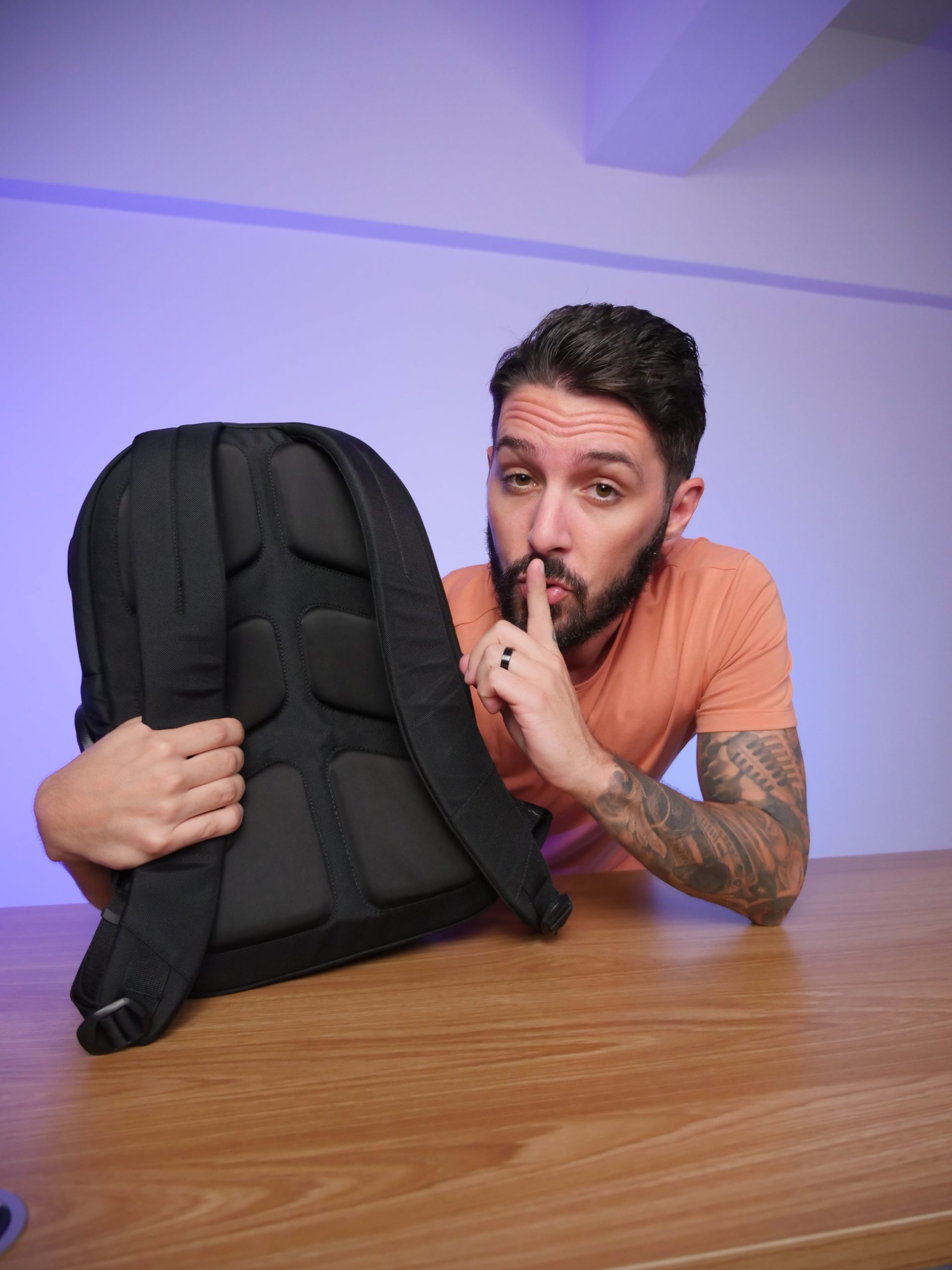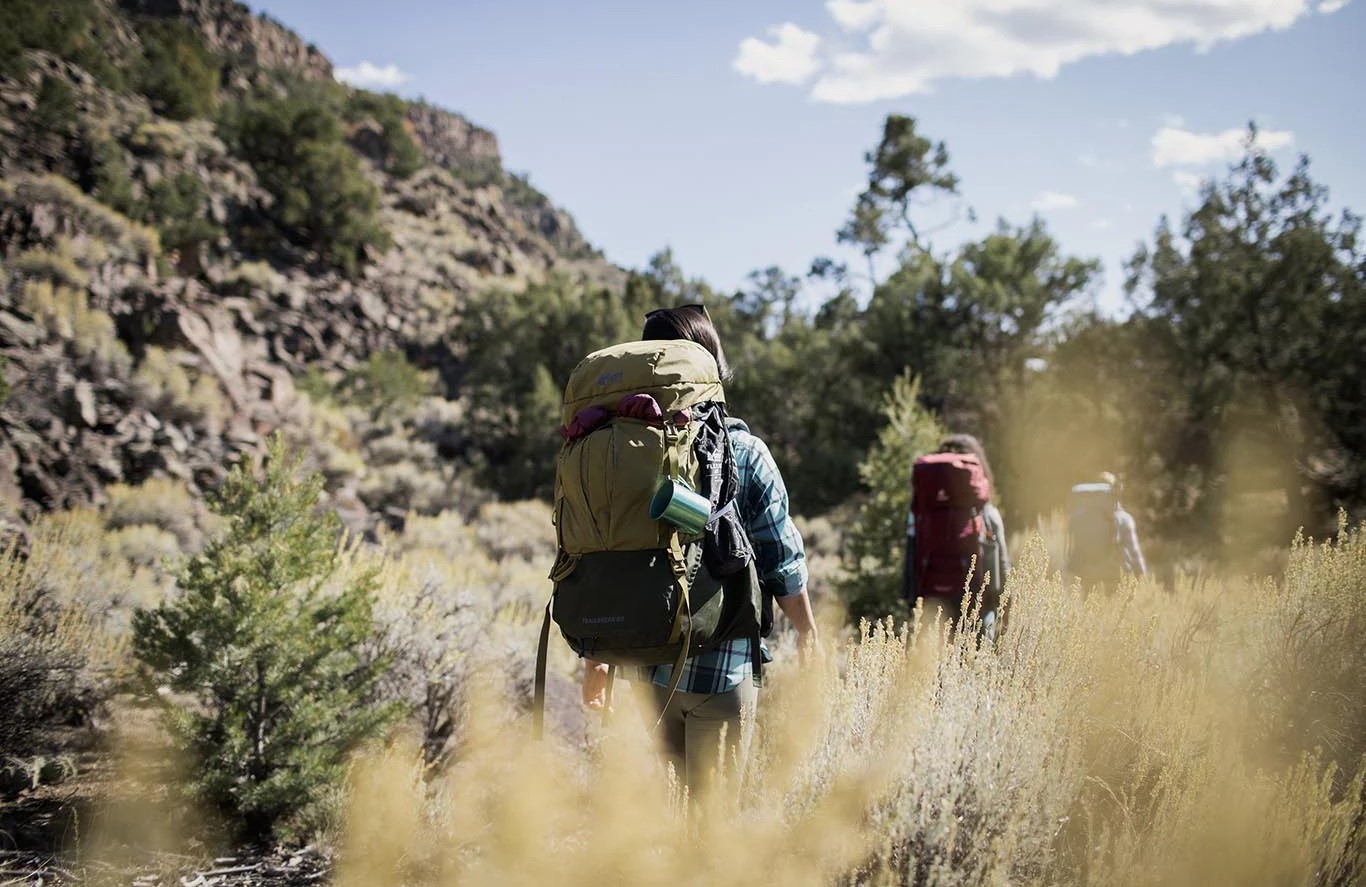The cost to manufacture a backpack can range from $10 for a simple model to over $100 for a premium leather one, depending on materials and complexity.

What Factors Determine Backpack Manufacturing Costs?
A Detailed Breakdown of Backpack Production Expenses
How Do Different Backpack Types Affect Production Costs?
Why Do Some Backpacks Cost So Much More?
How Can You Estimate the Cost for Your Own Backpack Design?

What Factors Determine Backpack Manufacturing Costs?
Pinpointing a single price for backpack production is challenging because numerous variables influence the final cost. Each decision, from the type of thread used to the country of origin, creates a ripple effect on the per-unit price. Understanding these core factors is the first step in comprehending the economics of backpack creation.

Material Selection: The Foundation of Cost
The choice of fabric is arguably the most significant cost driver. A basic polyester or nylon fabric used for promotional bags is inexpensive, often costing just a few dollars per yard. In contrast, high-performance materials like Cordura® ballistic nylon, known for its exceptional durability and abrasion resistance, can be substantially more expensive. The weight and denier (a measure of fiber thickness) of the fabric also play a crucial role, with heavier, more robust materials commanding higher prices.
Natural materials introduce another level of cost variation. Standard cotton canvas is a mid-range option, but premium materials such as full-grain leather or waxed canvas elevate costs dramatically. For brands specializing in high-end goods, like the full-grain leather backpacks from Beldtura Leather, the cost is significantly higher. This is due to the price of premium hides, the skilled artisan labor required for intricate stitching, and the use of solid brass or stainless steel hardware. The final product reflects this investment in quality and durability.
Labor and Craftsmanship: The Human Element
The cost of labor is directly tied to the complexity of the backpack’s design and the skill required to assemble it. A simple drawstring bag might require only a few minutes of work by a single operator. A multi-compartment technical pack with reinforced stitching, padded laptop sleeves, and complex harness systems demands hours of work from highly skilled technicians. The more seams, panels, and intricate features a bag has, the higher the labor cost per unit will be.
Design Complexity and Features
Every zipper, pocket, buckle, and strap adds to the bottom line. A minimalist design with a single main compartment will always be cheaper to produce than a feature-rich travel backpack. Features like waterproof zippers, integrated rain covers, specialized organizational pockets, molded back panels, and load-bearing waist belts all increase material and labor expenses. The intricacy of the pattern and the number of individual pieces that must be cut and sewn together are major contributors to the final price.
Order Quantity (MOQ) and Scale
Manufacturers impose a Minimum Order Quantity (MOQ), which is the smallest number of units they are willing to produce in a single run. Meeting a higher MOQ typically results in a lower per-unit cost. This is due to economies of scale; factories can purchase materials in bulk at a discount, and the setup costs for machinery and production lines are distributed over a larger number of items. A small order of 100 backpacks will have a much higher per-unit cost than an order of 5,000.
Manufacturing Location: A Global Perspective
Where a backpack is made profoundly impacts its cost. Countries in Southeast Asia, such as Vietnam and China, are major hubs for backpack manufacturing due to lower labor costs. However, production in countries like the United States or Italy often comes with higher labor expenses but may offer benefits like superior craftsmanship, easier communication, and reduced shipping times for local markets. The choice of location involves a trade-off between cost, quality control, and logistical complexity.
A Detailed Breakdown of Backpack Production Expenses
Beyond the primary cost drivers, several other expenses are integral to the manufacturing process. These “hidden” costs are essential for budgeting and understanding the total investment required to bring a backpack from concept to consumer.
.styled-table {
border-collapse: collapse;
margin: 25px 0;
font-size: 0.9em;
font-family: sans-serif;
min-width: 400px;
box-shadow: 0 0 20px rgba(0, 0, 0, 0.15);
width: 100%;
}
.styled-table thead tr {
background-color: #333;
color: #ffffff;
text-align: left;
}
.styled-table th,
.styled-table td {
padding: 12px 15px;
}
.styled-table tbody tr {
border-bottom: 1px solid #dddddd;
}
.styled-table tbody tr:nth-of-type(even) {
background-color: #f3f3f3;
}
.styled-table tbody tr:last-of-type {
border-bottom: 2px solid #333;
}
| Expense Category | Description | Typical Cost Impact |
|---|---|---|
| Prototyping & Sampling | Creating initial samples to test design, function, and materials before mass production. | High initial cost per unit ($100 – $500+), often several rounds are needed. |
| Tooling & Molds | Creating custom molds for hardware (buckles, zipper pulls) or dies for cutting fabric patterns. | One-time upfront cost, can range from hundreds to thousands of dollars. |
| Hardware & Trims | Zippers, buckles, webbing, clasps, and sliders. Quality varies greatly (e.g., generic vs. YKK® zippers). | Can add $2 – $20+ per bag depending on quality and quantity. |
| Packaging & Labeling | Hang tags, brand labels, care instructions, and poly bags for shipping protection. | Relatively low per unit, but adds up over a large production run. |
| Shipping & Logistics | Cost to transport finished goods from the factory to a warehouse or distribution center. | Varies significantly based on distance, mode (sea vs. air), and volume. |
Prototyping and Sampling
Before committing to a large production run, creating prototypes is essential. This stage involves making one or more sample backpacks to verify the design, test materials, and ensure functionality. Sampling is an iterative process and can be expensive, as factories dedicate specific resources to creating a single unit. Each revision to the design will require a new sample, adding to the pre-production costs.
Tooling and Molds
If your backpack design includes custom hardware, such as branded buckles, unique zipper pulls, or molded foam panels, there will be an upfront cost for tooling. This involves creating the specific molds or dies required to produce these custom components. While a significant one-time investment, it allows for unique branding and functional elements that set a product apart.
Hardware and Trims
The quality of the small parts, or trims, makes a big difference in the overall durability and feel of a backpack. High-quality zippers from brands like YKK®, durable buckles from Duraflex®, and strong nylon webbing are more expensive than their generic counterparts. These components can add several dollars to the cost of each bag but are often crucial for creating a reliable product.
Packaging and Labeling
Costs associated with branding and presentation, such as woven brand labels, printed hang tags, and protective poly bags, must also be considered. While the per-unit cost is small, it is a necessary expense for retail-ready products. Custom packaging can enhance the customer experience but will add to the overall manufacturing budget.
Shipping and Logistics
The final step is getting the finished products from the factory to your warehouse. This cost is influenced by the weight and volume of the shipment, the distance it must travel, and the mode of transport. Sea freight is the most cost-effective option for large orders but has long lead times, while air freight is much faster but significantly more expensive.
How Do Different Backpack Types Affect Production Costs?
The intended use of a backpack dictates its design, materials, and features, which in turn determines its manufacturing cost. A bag designed for carrying textbooks has vastly different requirements than one designed for a multi-day mountain expedition.
The Everyday School Backpack
This category typically focuses on cost-efficiency. Manufacturers often use 600D polyester, a durable yet inexpensive fabric. The design is simple, usually featuring one main compartment, a smaller front pocket, and basic padded shoulder straps. Hardware is functional but not premium. The lower material and labor costs place these bags at the most affordable end of the manufacturing spectrum, often in the $10 – $25 range.
The Technical Hiking Rucksack
Performance is the priority for technical packs. These require lightweight yet highly durable and water-resistant fabrics like ripstop nylon. The design is complex, incorporating features like internal frames, adjustable suspension systems, load-lifter straps, hydration reservoir sleeves, and multiple access points. The high-performance materials and extensive labor required for assembly push the manufacturing cost significantly higher, often into the $40 – $90 range.
The Premium Leather Backpack
For fashion or luxury backpacks, aesthetics and material quality are paramount. The cost of genuine full-grain leather is many times that of synthetic fabrics. Manufacturing requires specialized machinery and artisan skill for cutting, skiving, and stitching leather. High-end metal hardware, premium zippers, and fully lined interiors are standard. The combination of expensive raw materials and highly skilled labor makes this the most costly category to produce, with manufacturing costs frequently exceeding $75 – $150+ per unit.
Why Do Some Backpacks Cost So Much More?
The price a customer pays is not just the manufacturing cost. Several factors contribute to the final retail price, explaining why two seemingly similar backpacks can have drastically different price tags.
Brand Markup vs. Genuine Quality
A significant portion of a backpack’s retail price is brand markup, which covers marketing, operational overhead, design, and profit. Well-established brands with a reputation for quality can command a higher price. However, a higher price often does correlate with superior quality. This includes better materials, more robust construction techniques (like bar-tacking at stress points), higher-quality hardware, and more rigorous quality control inspections during production.
The Role of Sustainable and Ethical Sourcing
An increasing number of brands are prioritizing ethical production. This includes using recycled or environmentally friendly materials, ensuring fair wages and safe working conditions for factory workers, and transparent supply chains. These practices often increase manufacturing costs but appeal to consumers who value sustainability and social responsibility. Certifications like Fair Trade or the use of bluesign®-approved materials come at a premium.
Lifetime Warranties and After-Sales Service
Brands that stand behind their products with a lifetime warranty build that potential replacement or repair cost into their pricing model. This commitment to durability is a sign of quality manufacturing. The cost of providing excellent customer service and managing warranty claims is a real business expense that is factored into the product’s initial price.
How Can You Estimate the Cost for Your Own Backpack Design?
For aspiring brand owners or designers, getting an accurate cost estimate is a critical step. This requires clear communication and detailed preparation before approaching a manufacturer.
Creating a Tech Pack
A Technical Packet, or “Tech Pack,” is the single most important document for getting an accurate quote. It is the blueprint for your product. A comprehensive tech pack includes detailed sketches or CAD drawings of the backpack from all angles, a complete list of materials (Bill of Materials), specific dimensions, construction details (like stitch type), hardware specifications, and color information. The more detail you provide, the more precise the manufacturer’s quote will be.
Requesting Quotes from Manufacturers
Once your tech pack is complete, you can submit it to multiple manufacturers to request a quote. Be sure to specify your desired order quantity, as this will heavily influence the price. Don’t be afraid to ask questions about their capabilities, quality control processes, and lead times. Comparing quotes from different factories will give you a realistic understanding of the potential production costs.
Factoring in Hidden Costs
Remember to budget for more than just the per-unit production cost. Include funds for prototyping, shipping, import duties and taxes, and quality control inspections. It is wise to build a contingency fund into your budget to cover any unexpected expenses that may arise during the manufacturing process. A thorough financial plan is key to successfully launching a new backpack design.



